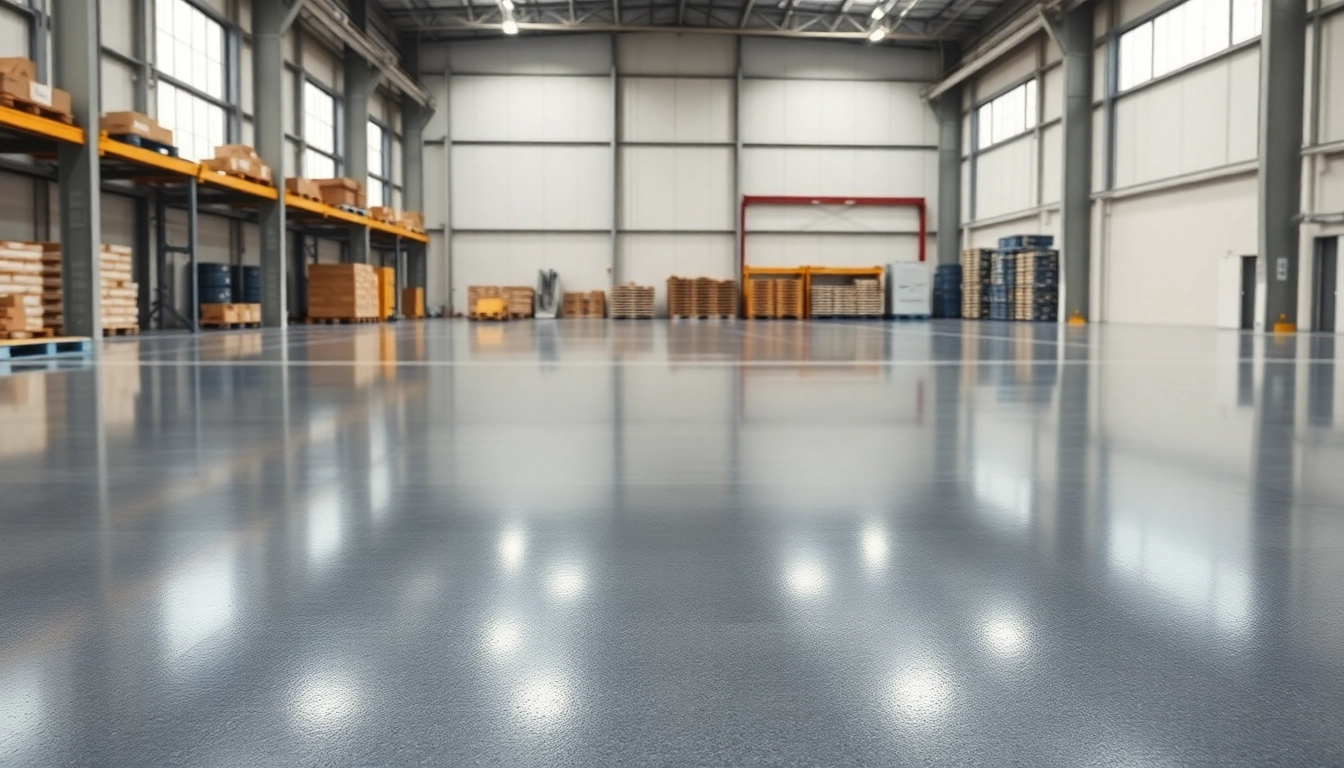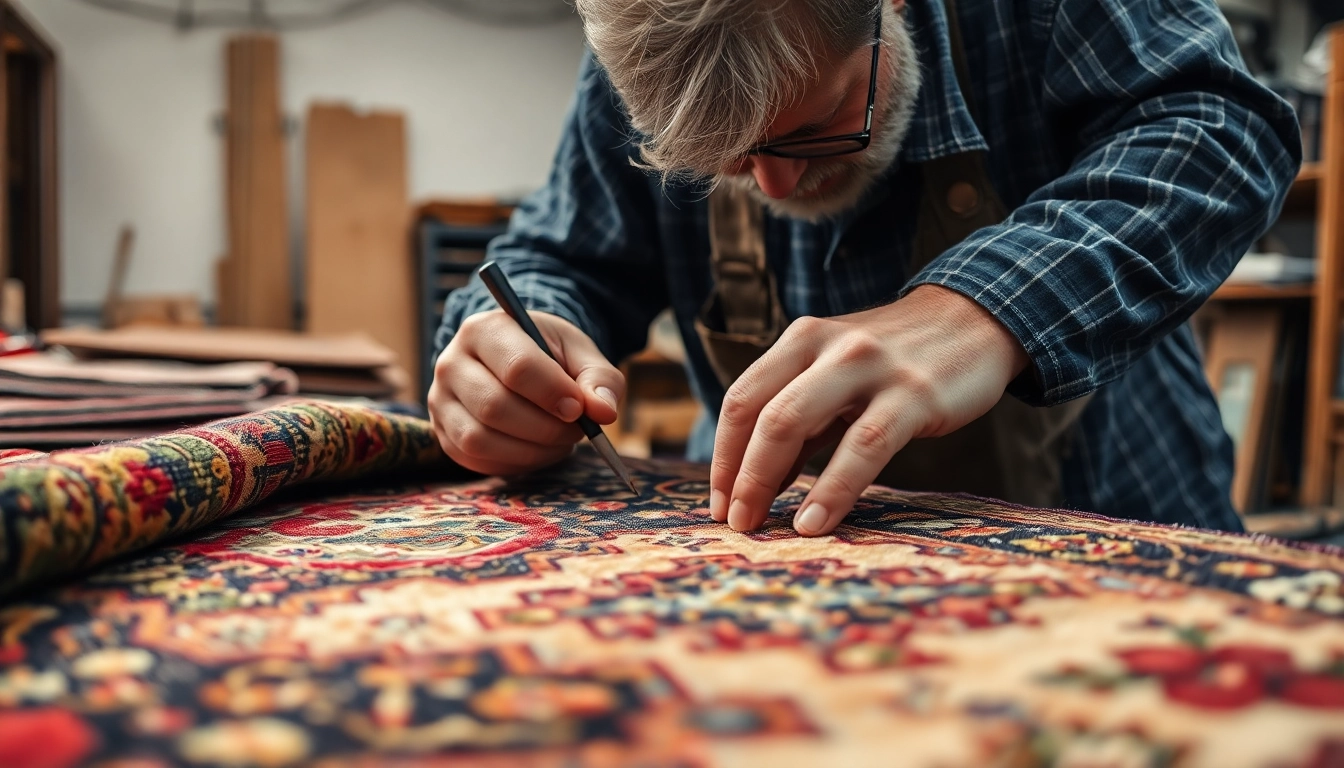Understanding Epoxy Resin Floors: Benefits and Features
Epoxy resin floors have become increasingly popular in both residential and commercial spaces due to their exceptional durability and aesthetic appeal. As a high-performance flooring solution, they offer a seamless, resistant, and customizable surface that can transform ordinary concrete into a vibrant, long-lasting surface. For those seeking a flooring solution that combines functionality with style, exploring the ins and outs of epoxy resin floors is essential. Whether renovating a garage, upgrading a warehouse, or designing a modern retail space, understanding the core features and advantages of epoxy floors is the first step toward making an informed decision. Epoxy resin floor options provide a versatile foundation, suitable for various environments depending on your specific needs.
What Is an Epoxy Resin Floor?
An epoxy resin floor is a type of flooring system created by applying a mixture of epoxy resin and a hardening agent onto a prepared concrete surface. The epoxy chemically bonds with the substrate, forming a durable, cohesive, and seamless surface. This coating not only enhances the visual appeal but also provides exceptional resistance to wear, chemicals, and moisture. Modern epoxy systems can be tailored with different colors, textures, and finishes, from high-gloss to matte, allowing customization to suit any aesthetic requirement or functional need.
In essence, epoxy resin floors are popular for their ability to turn plain concrete into a sleek, high-performance surface capable of handling the demands of heavy traffic, equipment, and environmental challenges.
Key Advantages: Durability, Aesthetic Appeal, and Maintenance
The primary appeal of epoxy floors lies in their outstanding durability. Engineered to withstand severe wear and tear, they resist impacts, abrasions, and chemical spills—making them ideal for industrial environments such as warehouses, factories, and garages. Additionally, epoxy floors boast an impressive aesthetic range, from vibrant solid colors to intricate marble-like patterns, which can be achieved with metallic or flake finishes, greatly enhancing interior design.
Maintenance of epoxy floors is also straightforward. Their seamless, non-porous surface allows for effortless cleaning with simple sweeping and mopping, resisting stains and dust accumulation. Moreover, their resistance to mold and bacteria makes them a hygienic choice for hospitals, kitchens, and food processing areas.
Common Applications in Residential, Commercial, and Industrial Settings
Because of their versatility, epoxy resin floors are widely used across various sectors. In residential settings, they are prized for transforming garages, basements, and even living areas with elegant, durable surfaces. Commercial establishments such as restaurants, retail outlets, and showrooms leverage epoxy’s visual customization and high resistance to foot traffic. Industrial facilities, including manufacturing plants and warehouses, depend on epoxy’s capacity to handle heavy machinery, chemical exposure, and rigorous physical demands. This widespread applicability highlights epoxy’s unmatched adaptability and performance in different contexts.
Choosing the Right Epoxy Floor System
Types of Epoxy Resins and Their Suitability
Selecting the appropriate epoxy resin system hinges on the specific needs of the project. Basic epoxy coatings are often sufficient for light-duty residential garages, providing a budget-friendly yet durable solution. For high-traffic commercial areas or industrial environments, a robust, chemically resistant epoxy system like a 100% solids epoxy or a resinous coating with added fillers may be necessary. Hybrid formulations combining epoxy with polyaspartic or polyurethane components can offer enhanced UV stability, impact resistance, or quick curing times, suitable for projects with tight schedules.
Consulting with a flooring specialist can help identify the right type of epoxy, considering factors such as load capacity, surface prep conditions, and exposure to chemicals or moisture.
Color, Finish, and Texture Options for Customization
One of the major advantages of epoxy resin floors is their customizable appearance. Color options range from standard shades to bespoke hues, enabling coordination with branding, interior design schemes, or personal preference. Finishes include high-gloss for an ultra-sleek look, matte for a more subdued tone, or textured surfaces for slip resistance. Texture can be added with decorative flakes, metallic pigments for a marbled effect, or aggregates for extra grip—ideal for outdoor or industrial settings.
Modern manufacturing allows for intricate patterns and effects, transforming simple flooring into a statement piece that combines style with function.
Factors to Consider: Surface Preparation, Load-Bearing Needs, and Environmental Conditions
Proper surface preparation is crucial for a lasting epoxy floor. This includes grinding, cleaning, and sometimes patching the concrete to achieve optimal adhesion. Failure to adequately prepare can lead to peeling, bubbling, or premature failure.
Load-bearing capacity influences the type of epoxy used; heavier loads require thicker, more impact-resistant layers. Environmental considerations, such as exposure to moisture, UV light, or chemicals, also dictate the choice of specific formulations. For instance, outdoor applications benefit from UV-stable epoxies, while moisture-sensitive environments demand special primers to prevent delamination.
Installation Process of Epoxy Resin Floors
Step-by-Step Preparation and Application Techniques
Achieving a high-quality epoxy floor begins with meticulous surface preparation. The concrete must be cleaned thoroughly to remove dust, grease, and existing coatings. Mechanical grinding or shot blasting is often employed to create a rough profile, enhancing adhesion. Moisture testing ensures the substrate is suitable for epoxy application.
Once prepared, the primer is applied to seal the surface and promote bonding. After curing, the epoxy resin mixture is poured and spread evenly using rollers or squeegees. Multiple coats may be necessary for optimal thickness and performance, with each layer cured before applying the next. Decorative elements, such as flakes or metallic pigments, are added at designated stages to achieve desired aesthetic effects.
DIY vs Professional Installation: Pros and Cons
DIY epoxy installation can be cost-effective and satisfying for small-scale projects, provided proper procedures are followed. However, it requires skills, proper equipment, and patience. Mistakes in surface prep or mixing can compromise the entire floor’s integrity.
Professional installers bring expertise, access to high-quality materials, and assurance of a flawless finish—especially critical for complex designs or commercial applications. Though initially more expensive, professional installation reduces the risk of costly repairs and guarantees adherence to safety standards.
Tips for Achieving a Smooth, Long-Lasting Finish
For optimal results, ensure environmental conditions—temperature and humidity—are within manufacturer-recommended ranges during application. Use high-quality materials, and follow curing times precisely. Regular inspection during curing helps catch issues early. Additionally, applying a clear topcoat can provide extra UV protection and gloss retention, extending the lifespan of your epoxy floor.
Maintenance and Longevity of Epoxy Resin Floors
Cleaning Tips to Preserve Shine and Integrity
Routine maintenance involves sweeping to remove debris and mopping with a mild detergent solution. Avoid harsh chemicals or abrasive scrubbers that can scratch or dull the surface. For stubborn stains, a mixture of water and a gentle degreaser usually suffices. Protective mats or pads under heavy furniture help prevent scratches and indentations.
Repairing Damage and Re-coating
Minor chips or scratches can be repaired with epoxy patch kits, matched to the existing color. For extensive damage or to refresh the appearance, re-coating the existing floor with a new layer of epoxy is recommended. Proper surface prep ensures good adhesion, restoring both function and aesthetics.
Extending the Life of Your Epoxy Floor with Proper Care
Applying a protective sealant or topcoat periodically can prevent UV damage and chemical staining. Controlling environmental factors, such as limiting exposure to moisture or direct sunlight, further prolongs the lifespan. Regular inspections and prompt repairs contribute to maintaining a seamless, attractive, and resilient surface over years.
Performance Metrics and Cost Considerations
Assessing Durability and Resistance Levels
Modern epoxy systems are evaluated based on their resistance to impact, abrasion, chemicals, and temperature fluctuations. High-quality formulations can withstand heavy loads, resist staining, and maintain their shine in harsh conditions, making them suitable for demanding environments. Testing standards, such as ASTM testing for chemical and impact resistance, provide benchmarks for selecting durable systems.
Cost Breakdown: Materials, Labor, and Long-Term Savings
The total cost of an epoxy floor includes materials (resins, primers, topcoats), labor, and surface preparation. While professional installation involves higher upfront expenses, it often results in fewer repairs and replacements over the lifespan of the floor, delivering significant long-term savings. DIY options can reduce initial costs but may incur additional expenses due to errors or shorter durability.
Return on Investment and Real-World Results
Investing in a high-quality epoxy resin floor enhances property value, improves safety, and reduces maintenance costs. Its resilience minimizes downtime in commercial settings, and its customizable appearance can boost aesthetic appeal—ultimately providing a substantial return on investment for property owners.



